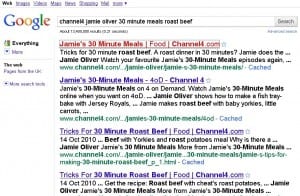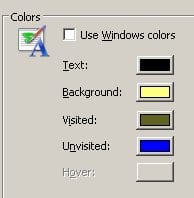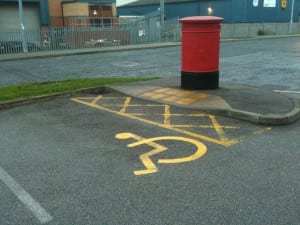Dyer Witheford writes about the organic nature of capitalism; how it is capable of self-regulation and perpetual shape changing; always looking for different markets and new opportunities for commoditisation; objects or people, it doesn’t care. Capacity for resistance is limited. Progress may look promising but rarely lasts. To exist outside capitalism’s access criteria is to be marginalised and disempowered. The current attack on systems of welfare, in particular the Disabled Living Allowance, is one such example. There are glimmers of hope Disability benefit cuts ‘could breach law’ but they do little to disguise the reality where the hard fought, hard won, gains of the disability movement are being dismantled. It’s a ‘one step forward three steps’ back scenario and wrong on so many levels, not least where medical science continues to value quantitative life over qualitative, but social welfare fails to keep up. In the 1980s recognition that society disables, through failure to recognise and cater for the diversity of human existence, did so much to challenge old medical models of deficiency. Shifting the emphasis from the individual to social structures was a beginning but never enough; there is still more to do in terms of achieving equity of access to opportunities for participation. Thirty years on, that which was given is now at risk of being taken away or provided in a format that is no longer realistic. The focus on work as the best form of welfare ignores the failure of the workplace to cater for diversity and obscures deeper aversive reactions to human diversity and difference.
The government’s public consultation on Disability Living Allowance reform ends on 14 February. The public consultation page is here https://interactive.dwp.gov.uk/disability-living-allowance-reform-public-consultation
Unfortunately it doesn’t follow the ‘write-to-reply’ style public consultation whereby comments are publically available – another backwards step in the creation of the Big Society excuse for dismantling essential provision of welfare services.





